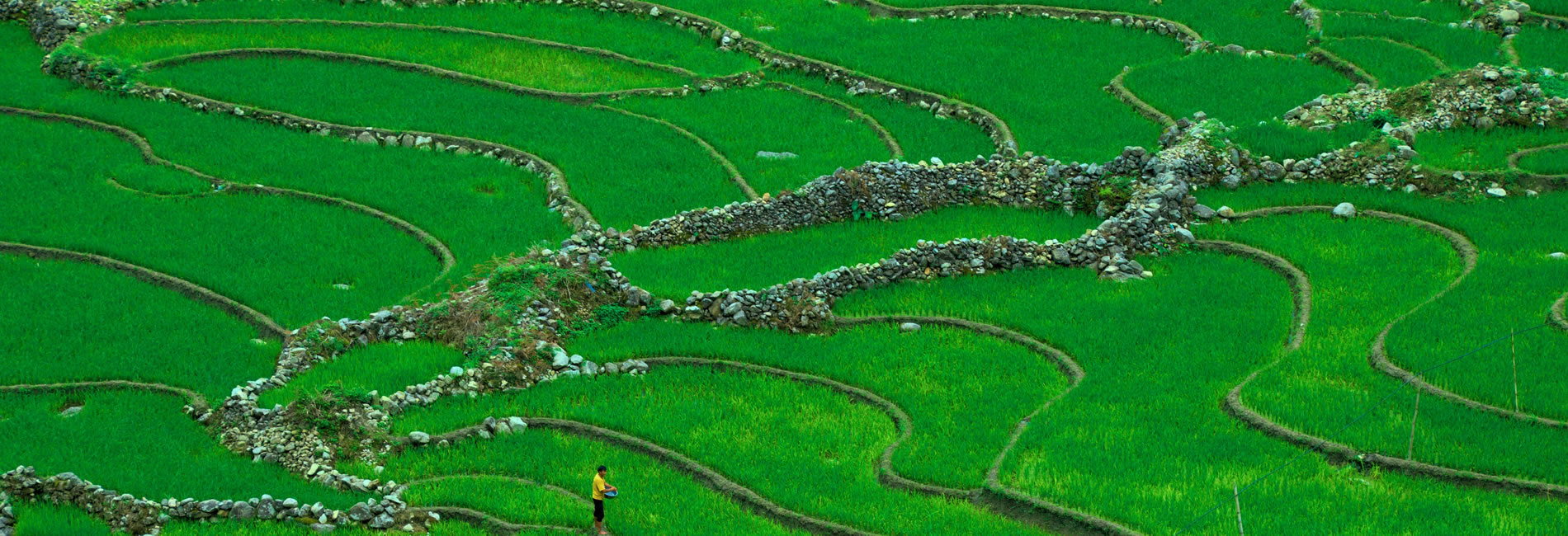24 Mar Subak System…. What is it?
Tourists coming to Bali often want to visit some of the picturesque rice paddies across the island. Usually they do not realize the complex social system and planning that goes on behind the scenes of the creation and the maintenance of the rice fields. The Subak System is a community-based organization managed autonomously by farmers in Bali (aka independent of the government), that developed organically to deal with fair water distribution for farmlands, to maintain the irrigation system, to handle conflicts between Subak members, and to conduct religious activities in the Subak temple, among other things.
Read on and check out this awesome article for information about the Subak System and how it is being affected by tourism
A Subak consists of all the landowners (or their representatives) in a particular block of rice fields. Subak members are mostly men, but women are also involved in meetings and play a major role in the various religious ceremonies.
So why do Subak members all cooperate with each other?
Water for the rice fields comes from the mountains. Rice farmers who are further from the mountains need farmers between them and the mountains to let water through. While this is a big reason for cooperation, rice pests also provide a powerful argument to work together. In the ecology of Balinese rice paddies, the flow of irrigation water affects the population of rice pests – if fields are planted randomly, rice pests can easily move from one field to the next after harvest, allowing pest populations to escalate. Through coordination, farmers can create large fallow spaces that prevent pests from migrating between food patches and they can plant their rice around the same time, so that pests have no food when the rice has been harvested. In this way pest populations are kept small. Yay for cooperation!
Resilience of the Subak system
Irrigation water management by community organizations in Bali has proven to be effective, efficient and durable. The Subak system has adapted itself time and again over the last 1000 years (since 10th century).
The Subak system was added to UNESCO’s world heritage list (June 22, 2012), as a site of outstanding universal value to humanity.


